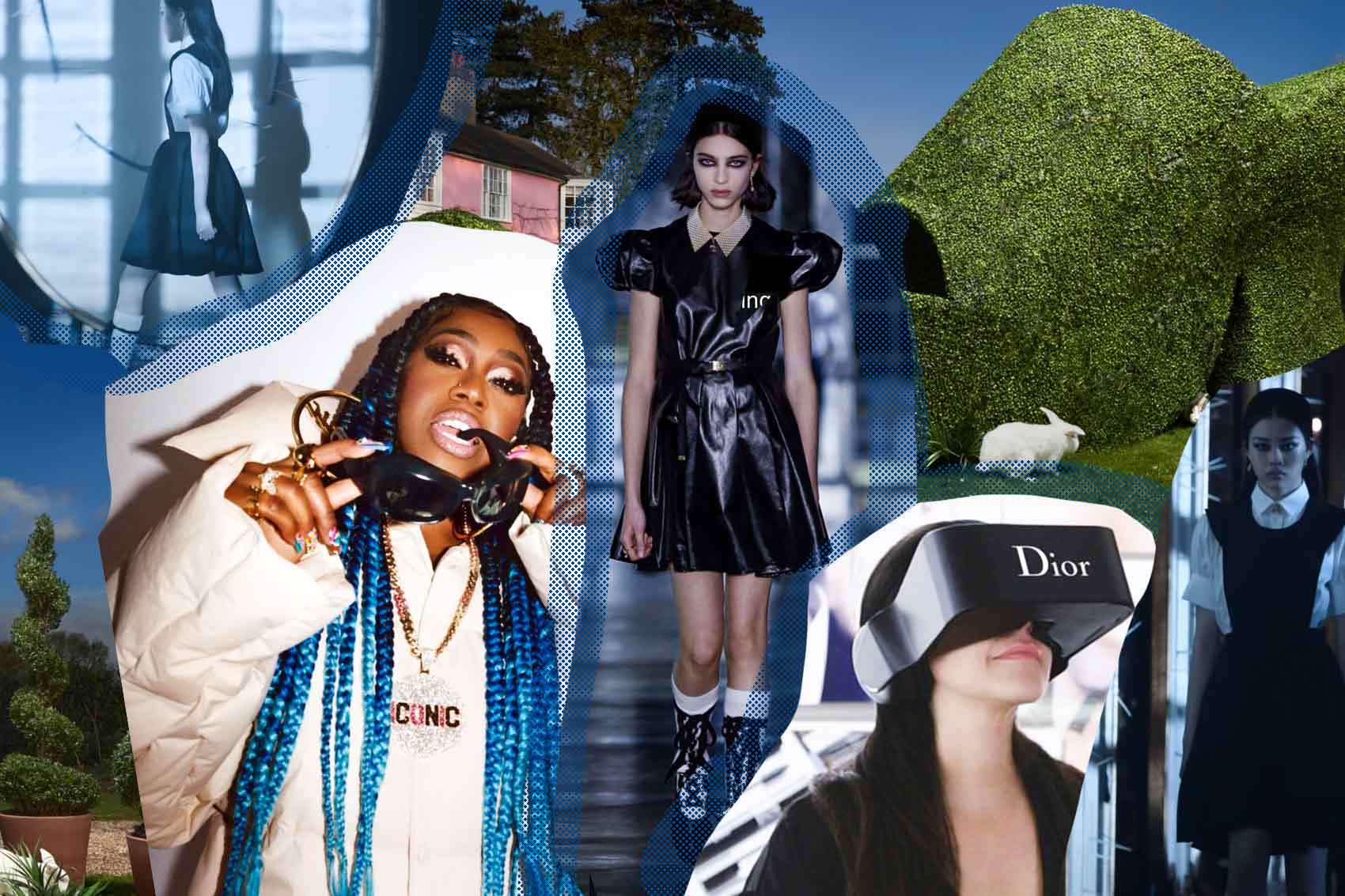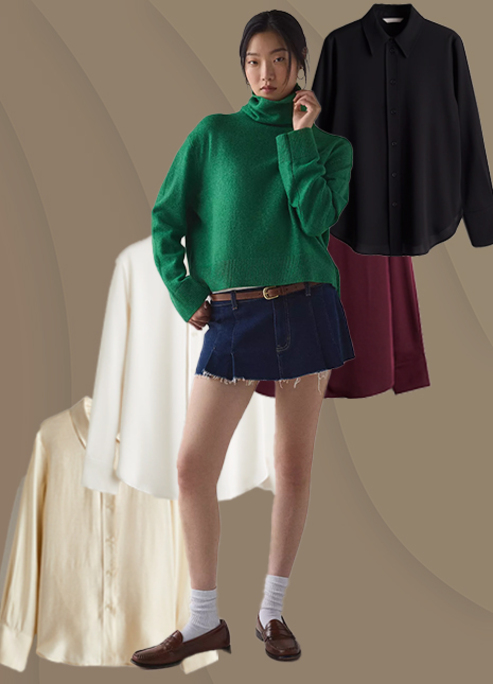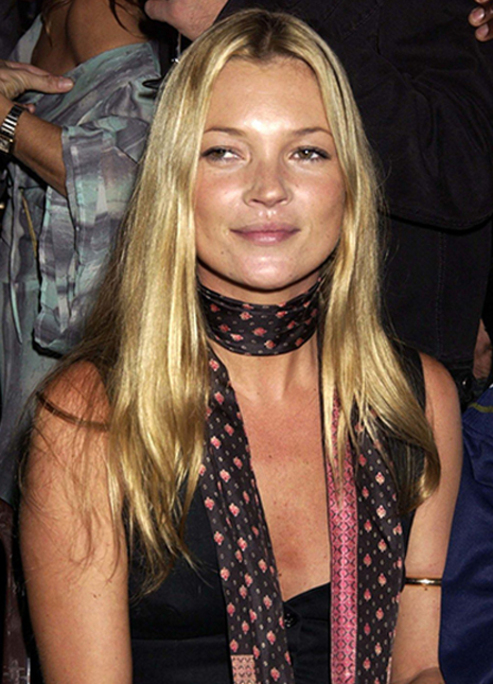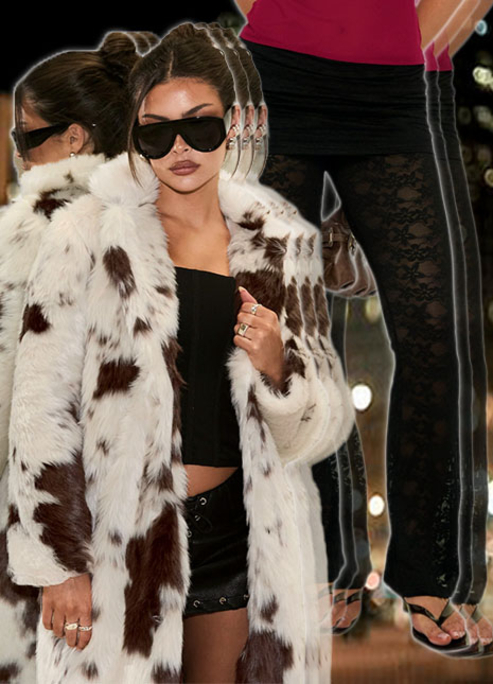
Virtual Reality is Taking Over the Fashion Industry
Thanks to technology, we can now visit fashion shows from our living room.
Covid-19 has limited contact with everyone and everything and we are now relying more on virtual reality to return to a new sense of normality. We have been forced to become a digital society and the fashion industry has been hit with this the hardest. Designers have had to come up with creative ways to stream new collections and engage customers through films. The spectacle of a fashion show hasn’t disappeared but simply transformed into innovative masterpieces. Take a look at Dior’s performance at The Hall of Mirrors in Versailles earlier this year.
There was once a time where spending hours in changing rooms was the norm, but as virtual reality try-ons become more popular we won’t have to bother getting undressed at all. Hugo Boss have already implemented this in some of their stores, taking the window-shopping experience to the next level. VR mirrors called ‘Black Magic’ screens have been set up so people on the streets can experience the Hugo Boss style.
As well as helping customers find what suits them, this digital tool has the ability to assist in store planning. VR can be used to experiment with interior but also to see how effective a new product can be. Rebecca Minkoff has used this tool when deciding which colorways new bags should be, testing before they’re produced. Not only is this a more efficient way to receive higher engagement on products, but it also hugely benefits the environment.
Every five minutes 10,000 items of clothing are sent to landfill. This is a result of fast fashion and making way more than necessary. VR allows products to be trialed without wasting materials.
VR headsets have made a huge impact on the industry, allowing people to travel to fashion shows all around the world without actually having to move. Of course, over the past year this has been a godsend and may well continue to replace endless travelling for fashion post-Covid. Contributing less pollution to our planet? It’s a yes from me.
Usually considered an exclusive event, the headsets mean more people can watch and be involved with high fashion, as it provides a realistic sensation of being present. French fashion house Dior allowed a backstage pass called ‘Dior Eyes’, where at specific showrooms members of the public could sit on the front row as well as having a sneak peek at the private showroom.
In an age of technology, social media consumes the fashion industry, but even Instagram is being taken over by VR. Bottega Veneta is ditching the toxic environment for a quarterly online magazine. The Milanese brand have cut all ties with social media, instead launching a ‘digital journal’ which acts as an audio-visual with interactive images. Creative Director Daniel Lee hopes it will offer “more progressive and more thoughtful” content. As Instagram has been replacing fashion magazines, it is a courageous and intriguing switch that has captivated other designers.
Ultimately, VR is making the technological state of the fashion industry increasingly more convenient for consumers, brands and is lessening the waste in the textile industry. With an ability to fascinate audiences with new and unique gadgets, it seems the next fashion week could be a completely digital experience.











